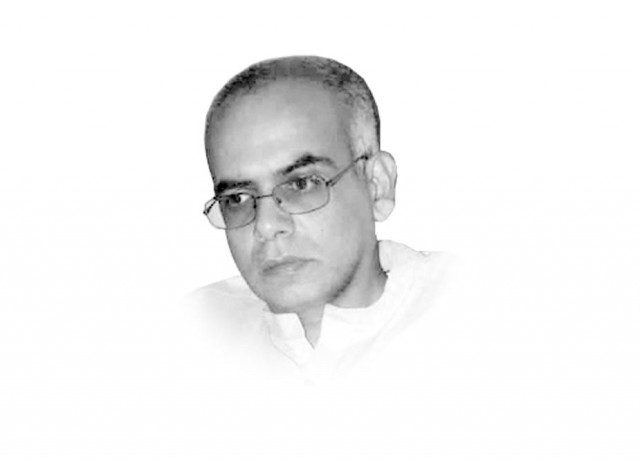Our messy & unsustainable urbanisation
The 2015 liveability index of the Economist Intelligence Unit ranked Karachi 135th among 140 cities

The writer holds a PhD from the University of Melbourne and is the author of Development, Poverty and Power in Pakistan, available from Routledge
The haphazard urbanisation, as it is presently unfolding in our major cities, has created several undesired ‘diseconomies’ which are undermining the above-mentioned economic advantages. Problems such as congestion, lack of access to basic social services, inadequate transportation facilities and distorted land markets are undermining instead of enabling productivity and growth. Instead of well-managed population density which can spur growth, we are instead witnessing low-density sprawls whereby our cities are growing outwards beyond set administrative boundaries, resulting in a process of urbanisation which has been described as being ‘messy’ and ‘hidden’.
Urbanisation in Pakistan is considered to be ‘hidden’ since the official statistics continue understating the share of people living in areas with urban traits. Settlements peripheral to our major cities, which have grown substantially over the past few decades, are not being included in the official statistics. According to official data, only 36 per cent of Pakistanis lived in urban settlements in 2010. Conversely, the World Bank estimated that the actual share of the Pakistani population living in areas with urban characteristics may be as high as 55 per cent. More accurate assessment of urban areas would not only enable more effective planning, but also have major political implications. Fresh delimitations of constituencies for the 2018 elections, for instance, could change the complexion of national and provincial assemblies.
In addition to being a ‘hidden’ phenomenon, our urbanisation process is also indisputably ‘messy’. The widespread existence of poverty across all major cities provides testament to this messiness. Moreover, an estimated 46.6 per cent of urban dwellers were found to be residing in slum and squatter settlements, which are bypassed when it comes to infrastructure and transport planning, and provision of basic facilities including water, sewage and electricity or gas connections. Failure to address these problems makes our growing cities not only less productive, but also increasingly unliveable. The 2015 liveability index of the Economist Intelligence Unit ranked Karachi 135th among 140 cities. Dhaka was the only major city in South Asia with a lower ranking than Karachi. Pakistan’s urban population is expected to increase by approximately 40 million people by 2030, which will make life in major cities even more insufferable. Unless some drastic measures are taken to revamp our urban planning and management processes, the productivity gains of urbanisation will continue to elude us.
Much of the existing focus on addressing the urbanisation challenge is focused on the need to turn the growing urban influx into an opportunity to improve the country's overall productivity. This is because most of our policymakers and the donor agencies that are working with them assume that the reallocation of labour from low-productivity sectors such as agriculture to high-productivity sectors such as manufacturing and formal services is essentially a good thing. Urban areas in Pakistan are, however, not ready to effectively manage the rapid urban influx in order to achieve the advantages of population densities mentioned above, which may look impressive on paper, but do not really pan out in real life.
It is thus unfortunate that such little attention is being paid to addressing the push factors behind unsustainable urbanisation. The need for agrarian development strategies which rely on small farmers are continuously being ignored in favour of capital-intensive means to boost agricultural yield. The growing emphasis on commercial farming will continue to push poor rural people into urban areas, even if our cities remain unable to absorb the rapid population influx effectively enough to spur much desired growth.
Published in The Express Tribune, June 17th, 2016.
Like Opinion & Editorial on Facebook, follow @ETOpEd on Twitter to receive all updates on all our daily pieces.
















COMMENTS
Comments are moderated and generally will be posted if they are on-topic and not abusive.
For more information, please see our Comments FAQ